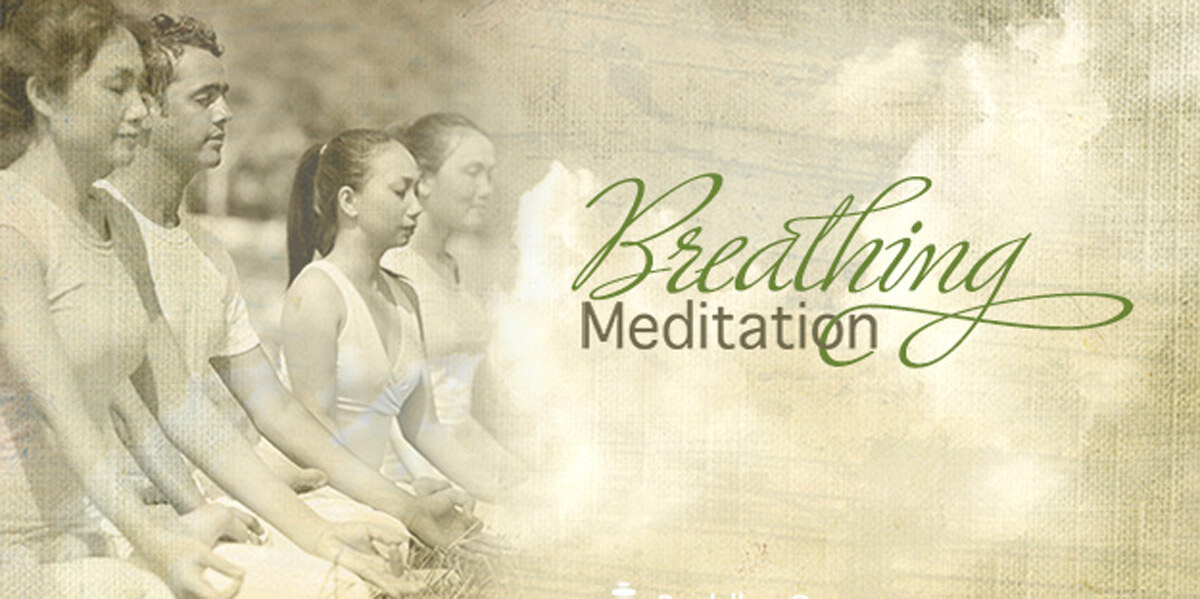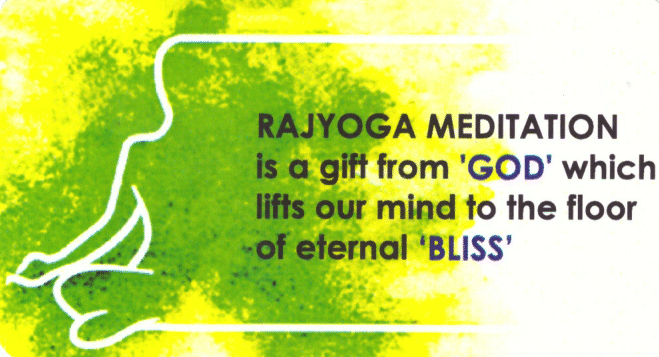
Guided Breathing Meditation is one of the simplest forms of meditation yet it is effective and efficient form. Meditation on the breath on a daily basis provides a solid foundation for all other forms of meditation.
Benefits:
- Reduces anxiety
- Lowers blood pressure and heart rate
- Reduces mental chatter
- Increases mindfulness
- Develops patience and tolerance
- Promotes ability to focus the mind
- Helps you concentrate on whatever you choose
The practice of meditating on the breath is thousands of years old. Ancient Hindus and Buddhist meditated in this way to tame uncontrolled thinking, reduce negative thoughts and actions, and gain an understanding of spiritual truths. Basically, you meditate on your breath in order to give you mind something to ‘hang on to’ when it starts to jump from one thought to another.
Training you mind in this way helps you focus on one thing at a time, and develops your powers of concentration. It has a calming influence on your body and mind and is beneficial for reducing anxiety, lowering heart rate and blood pressure.
Whether your interest is in spiritual development or mental and physical health, breath meditation is one the best all-round meditation practices to start with.
It is normal to give your thoughts importance and equate them with ‘truth’ or ‘reality’.
Yet, one day you may think a person is your enemy – full of faults and evil motivations – and month later you may have changes your opinion and now consider them a good friend. Through guided breathing meditation your thoughts will become ephemeral and changeable like those clouds moving freely across the sky.
You will learn to loosen your grip on your thoughts and become more flexible and open. When thoughts emerge in your meditation, label them as ‘thinking’ and return your focus to your breath. When meditating on the breath, thoughts can pull us off track, But distractions can originate outside ourselves in the form of sounds, lights or smells. Labeling them helps you return to focusing on your breath.
If you live in a city, you are probably used to an enormous amount of sensory input - radio, TV, billboards, cars, buses, machines and smells of all kinds constantly bombard you senses. Learning to focus and calm your mind with breath mediation is a good antidote to sensory overload. Labeling external distractions when they arise during your meditation will help you develop patience and tolerance for what goes on around you.
By labeling the distraction and returning to you focus on your breath, you intervene in your irritation. You learn to calm your emotions and focus your mind, regardless of what is going on around you. WHERE IS MY MIND NOW? Your mind is amazing. One moment it will be in the present, the other moment it can travel to the other room or to any random city located in part of the globe or into the past or the future; all this just in the blink of an eye.
The problem is, sometimes your mind seems to literally have a mind of its own! You may have had the experience, while surfing the Net on a particular subject, of finding yourself at a website with no idea of how you got there. In a similar way your mind can jump seamlessly from one thoughtto another.
You may be focused on a problem at work and in notime at all, you may find yourself thinking about something that happened at home last night. You will be hardpressed to trace how you got to what you are thinking about. This meditation exercise will help you see how your mind works, help you be more conscious of what you are thinking and help you stay grounded in the present.
When to be done:
Practicethis meditation whenever you feel your thoughts are getting too scattered and disorganized. For a more in-depth experience, practicedaily, morning and evening, for ten minutes, Build up to longer sessions.
Preparation:
Look for a quiet place at home where no one will disturb you. You can sit ona cushion or a straight-backed chair. Wear loose-fitting, comfortable clothing. Create soft lighting and keep the room draught-free and at a comfortable temperature.
Practice:
Sit cross-legged on a cushion with your bottom slightly raised. If you can’t sit cross-legged, sit on a chair. Keep your back straight, your shoulders level and relaxed and your chin parallel to the floor. Lower youreyes and focus about a meter (three feet) in front of you. Rest your hands gently on your keens. Breathe normally through your nose, using your abdomen rather than your chest. Check your posture and relax any part of your body that is tense.
Begin counting your breath on each exhalation; when you reach ten, begin again. Thoughts will intervene and when they do, simply let them go and return to counting your breath. Meditate in this way for about ten minutes. Try this meditation for a week. You will be able to notice how ephemeral and changeable your thoughts are.
If you wish to practice with other like-minded people, visit any of the Brahma Kumaris centers located near you and witness how RajYoga Meditation has influenced thoughts and life-cycle of millions at no cost.
Also Read:
How to Live Lightly?





Leave a Comment